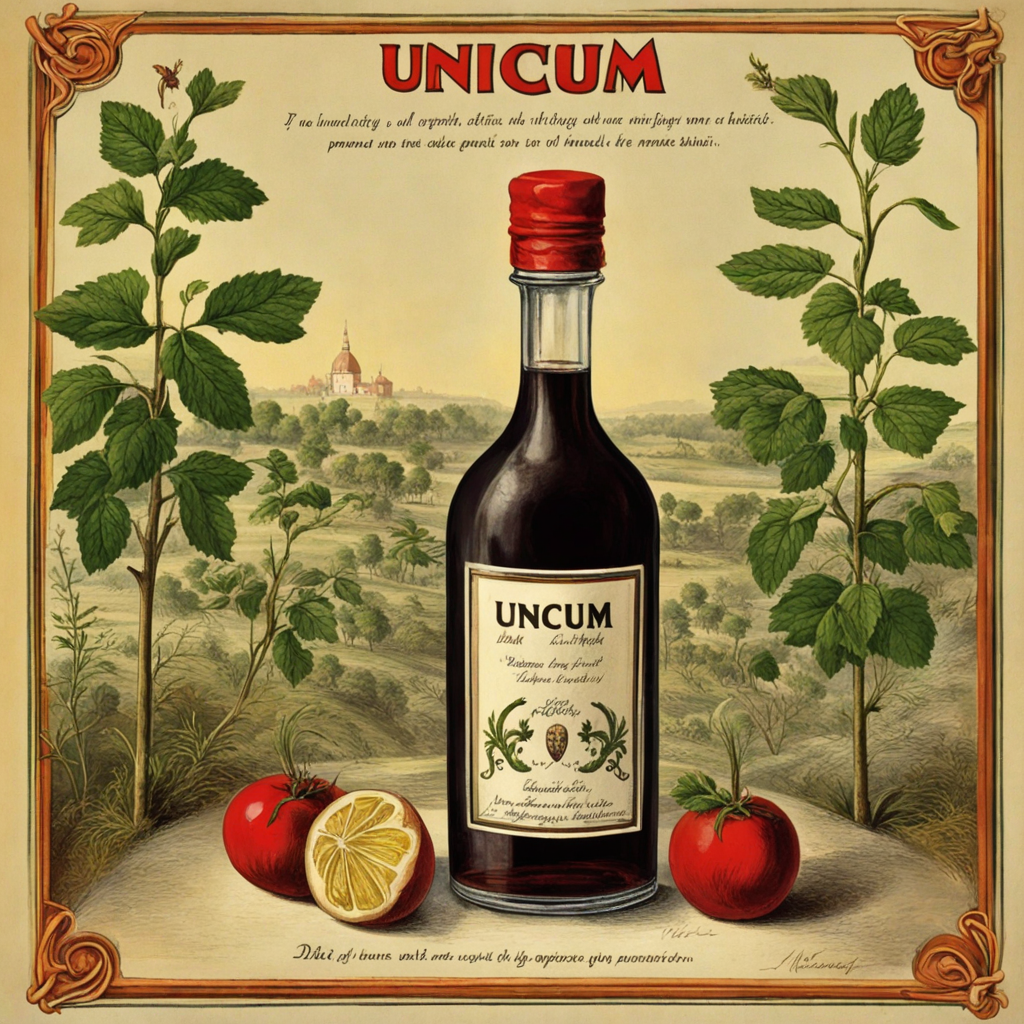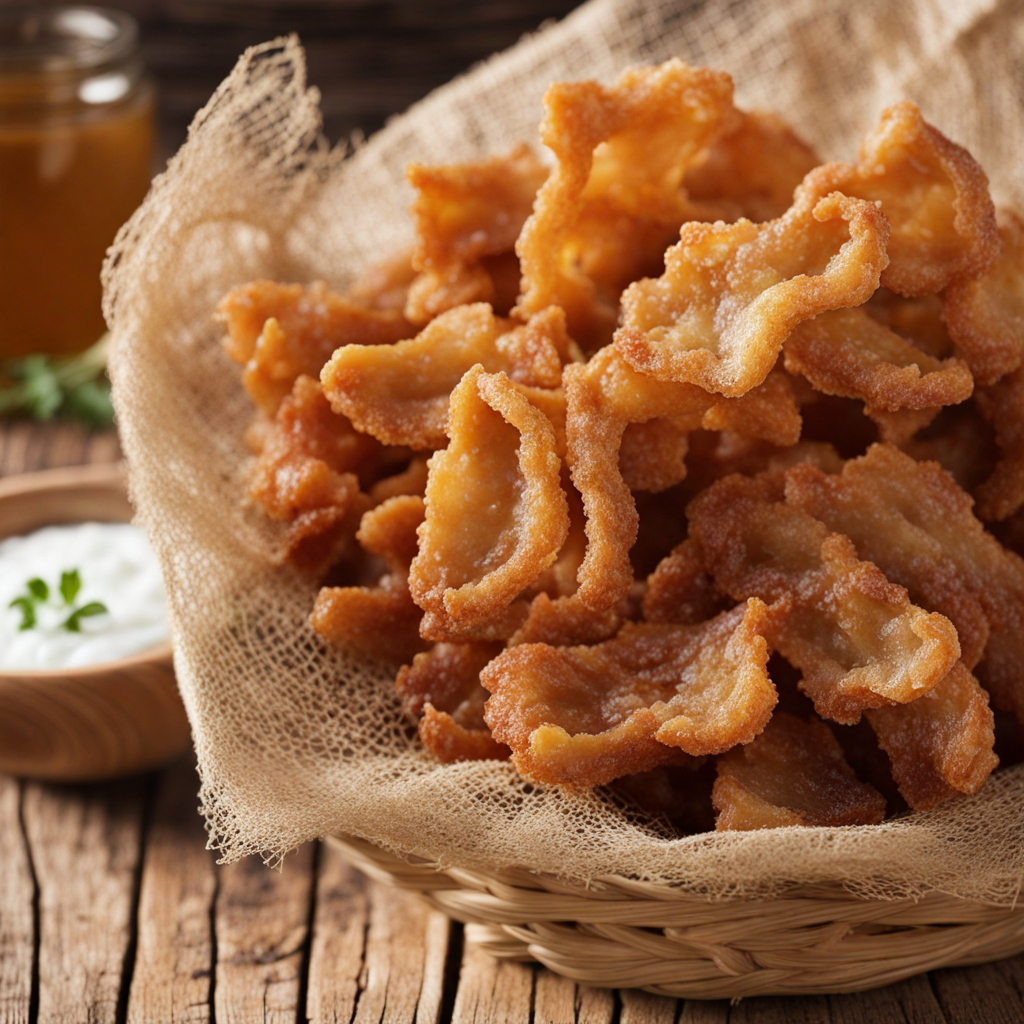Szalonna
Szalonna is a traditional Hungarian delicacy that encapsulates the rustic charm and rich culinary heritage of the region. This smoked bacon, often made from the belly or back of the pig, is typically seasoned with a blend of spices, including paprika, which is a staple in Hungarian cuisine. The result is a beautifully marbled piece of meat that boasts a robust flavor profile, combining the savory richness of the pork with the smoky undertones from the smoking process. When prepared correctly, Szalonna offers a delightful juxtaposition of crispy edges and tender, juicy bites, making it a versatile ingredient for various dishes or a star in its own right. One of the most popular ways to enjoy Szalonna is by grilling or toasting it over an open flame, often served with fresh bread and a selection of pickles. The smoky aroma wafts through the air, enticing those nearby to indulge in this hearty snack. When grilled, the fat renders beautifully, and the crispy, caramelized exterior contrasts with the succulent meat inside. This simple yet satisfying method of preparation allows the essence of Szalonna to shine, making it a favored choice for gatherings and outdoor barbecues in Hungary. Beyond its role as a standalone treat, Szalonna can also be incorporated into various dishes, adding depth and flavor to stews, soups, or pasta. Its unique taste pairs exceptionally well with traditional Hungarian ingredients like cabbage, potatoes, and beans. Whether enjoyed on its own, paired with rustic bread, or as part of a more elaborate meal, Szalonna is a must-try for anyone looking to explore the rich and diverse flavors of Hungarian cuisine.
How It Became This Dish
Szalonna: A Culinary Tradition of Hungary #### Origins and Definition Szalonna, a quintessential element of Hungarian culinary heritage, is a form of smoked bacon or lard that is often associated with traditional rural life. Its origins can be traced back to the pastoral communities of Hungary, where the practice of preserving meats became a necessity for survival through harsh winters. The word "szalonna" itself derives from the Slavic term for fat, reflecting the cross-cultural influences that have shaped Hungarian cuisine over centuries. Historically, szalonna was made from the fatty parts of the pig, particularly the belly, back, or jowl. These cuts were seasoned with salt and sometimes smoked, a method that not only enhanced the flavor but also extended the meat's shelf life. In a country where agriculture and animal husbandry were integral to daily life, preserving food through smoking and salting was vital, especially in the absence of refrigeration. #### Cultural Significance Szalonna holds a special place in Hungarian culture, serving not only as a food item but also as a symbol of hospitality, tradition, and community. It is often enjoyed during gatherings, especially in the countryside where outdoor cooking and communal meals are a way of life. The act of cooking szalonna, typically over an open fire, embodies a sense of togetherness as families and friends gather around to share stories, laughter, and food. One of the most cherished customs associated with szalonna is its preparation during "szalonna sütés," or "bacon roasting." This ritual typically involves skewering slices of szalonna on a stick and holding it over an open flame, allowing the fat to melt and drip down, often onto slices of fresh bread. This simple yet flavorful method of cooking is not just about the food itself; it reflects the Hungarians' deep connection to nature and their agrarian roots. Szalonna is also often featured in traditional Hungarian dishes, such as "töltött káposzta" (stuffed cabbage) and "lángos" (fried flatbread), where its rich taste adds depth and flavor. The bacon's versatility allows it to be used in various recipes, from hearty stews to simple snacks, showcasing its importance in everyday Hungarian cuisine. #### Development Over Time The history of szalonna is intertwined with the evolution of Hungarian society. The arrival of the Magyars in the Carpathian Basin in the 9th century marked the beginning of a rich culinary tradition that would continue to develop over the centuries. As the nation faced various influences—from Ottoman and Austrian to Slovak and Romanian—its food evolved, incorporating new flavors and techniques while maintaining a sense of identity. In the 19th century, as Hungary began to industrialize, the production of szalonna became more standardized. Farmers started to focus on breeding specific pig breeds known for their fatty cuts, such as the Mangalica, a woolly pig native to Hungary. The Mangalica's rich, marbled meat is particularly prized for making high-quality szalonna, and its resurgence in popularity reflects a growing interest in traditional, artisanal food production. The 20th century brought further changes to the culinary landscape of Hungary, especially after World War II and during the communist era. While the availability of ingredients was often limited, the popularity of szalonna persisted, often serving as a comfort food that reminded people of their roots. It became a staple in rural households, where families relied on traditional recipes and methods passed down through generations. In contemporary Hungary, there has been a renewed interest in traditional foods, including szalonna, as part of a broader movement towards local, sustainable, and artisanal food practices. This resurgence is evident in farmers' markets, festivals, and specialty shops, where szalonna is celebrated not just as food but as a cultural artifact. Chefs and home cooks alike are experimenting with innovative ways to incorporate szalonna into modern dishes, bridging the gap between traditional and contemporary cuisine. #### Szalonna in Modern Times Today, szalonna is not just confined to the kitchens of rural Hungary; it has made its way into urban culinary scenes as well. Many contemporary Hungarian chefs pay homage to traditional cooking methods while reimagining dishes that highlight the unique flavor profile of szalonna. Its smoky, savory notes can enhance everything from gourmet pizzas to sophisticated charcuterie boards. Moreover, szalonna has found its place in the global food movement, where traditional foods are celebrated for their authenticity and cultural significance. As international interest in Hungarian cuisine grows, szalonna is often featured in culinary events, food festivals, and cooking classes, attracting both locals and tourists eager to experience the rich flavors of Hungary. In the age of digital media, szalonna has also gained popularity through social platforms, where food enthusiasts share recipes, cooking techniques, and personal stories related to this beloved ingredient. The imagery of sizzling bacon over an open fire evokes nostalgia and curiosity, drawing in a new generation of food lovers who appreciate the simplicity and richness of traditional foods. #### Conclusion Szalonna is more than just a food item; it is a representation of Hungary's agricultural heritage, cultural identity, and communal spirit. From its humble beginnings as a means of preserving meat to its status as a beloved culinary staple, szalonna reflects the resilience and creativity of the Hungarian people. As it continues to evolve, this iconic food serves as a reminder of the importance of tradition in an ever-changing world, bridging the past with the present while remaining a cherished part of Hungarian life. Whether shared among friends around a campfire or enjoyed in a modern restaurant setting, szalonna remains a delicious testament to the enduring power of food to connect people and tell stories.
You may like
Discover local flavors from Hungary







